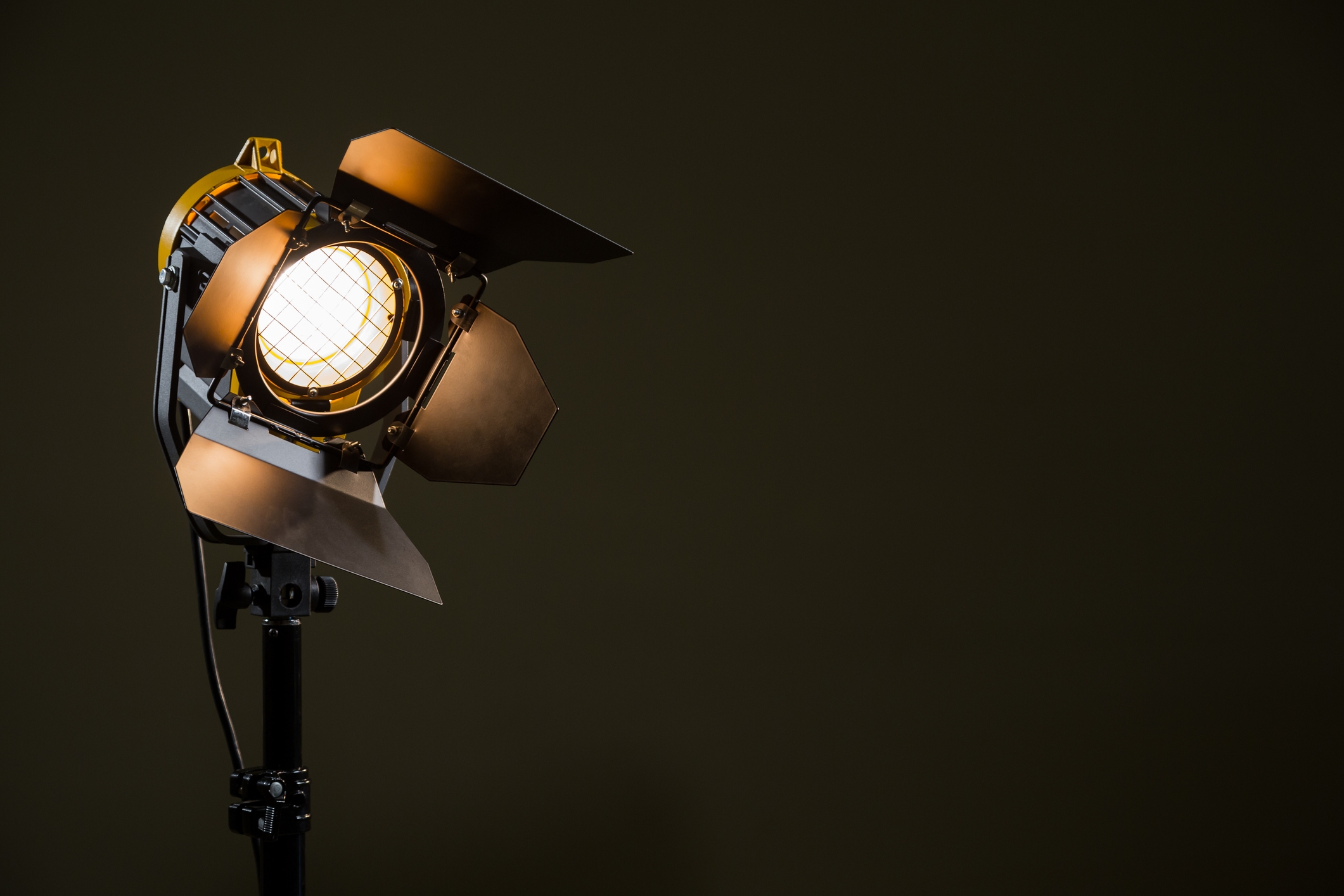Selecting the Ideal Dot Spacing for Optimal Light Emitting Diode Wall Efficiency
Selecting the Ideal Dot Spacing for Optimal Light Emitting Diode Wall Efficiency
Blog Article

As it comes to light-emitting diode walls, one of the important elements to take into account is pixel pitch. Pixel pitch is defined as the distance between the centers of two neighboring pixels on an LED display. This measurement is commonly expressed in mm. Understanding pixel pitch is crucial because it explicitly influences the resolution and sharpness of the visuals displayed. A reduced pixel pitch indicates that the pixels are closer together, leading to a higher resolution, while a larger pixel pitch yields in a diminished resolution. Therefore, selecting the right pixel pitch is essential for obtaining optimal LED wall performance.
The choice of pixel pitch frequently is influenced by the sight distance. For example, if the LED wall is intended to be seen from a further away, a larger pixel pitch may be suitable. This is because the human eye cannot readily distinguish individual pixels when they are more distant away. On the other hand, if the wall will be viewed up close, a reduced pixel pitch is needed. In situations such as inside events, where viewers are typically closer to the screen, a reduced pixel pitch will offer a crisper and clearer image. Therefore, understanding how viewing distance impacts pixel pitch is key to making an educated choice.
Another crucial factor is the intended use of the LED wall. Different applications, such as promotion, concerts, or conference presentations, may require different pixel pitches. For instance, an light-emitting diode wall used for promotional purposes in a shopping center may benefit from a pixel pitch that allows for lively colors and elevated detail so that it captures the attention of passing shoppers. Conversely, an external LED wall used at a concert may focus on brightness and visibility over resolution, allowing for a bigger pixel pitch. Therefore, the specific context in useful reference which an LED wall will be utilized is crucial for establishing the appropriate pixel pitch.
Cost is also a significant consideration when choosing pixel pitch. Generally, LED displays with smaller pixel pitches often to be more costly due to the higher density of pixels and the sophisticated technology needed for production. While it may be tempting to choose a high-resolution display with a reduced pixel pitch, budget constraints often require a balance between quality and price. Organizations should evaluate their needs and decide how much they are prepared to invest in an LED wall, ensuring that the pixel pitch matches with their financial capabilities while still meeting functional expectations.
Ultimately, it is essential to consider the maintenance and durability of the light-emitting diode wall when selecting pixel pitch. Displays with smaller pixel pitches can sometimes be more delicate and may require more careful handling and maintenance. Regular maintenance is necessary to ensure that the display functions optimally over time. Knowing the maintenance needs and potential issues associated with different pixel pitches can help organizations make a more knowledgeable decision. By considering all these elements, including sight distance, planned use, budget, and maintenance, one can choose the perfect pixel pitch for optimal LED wall performance.